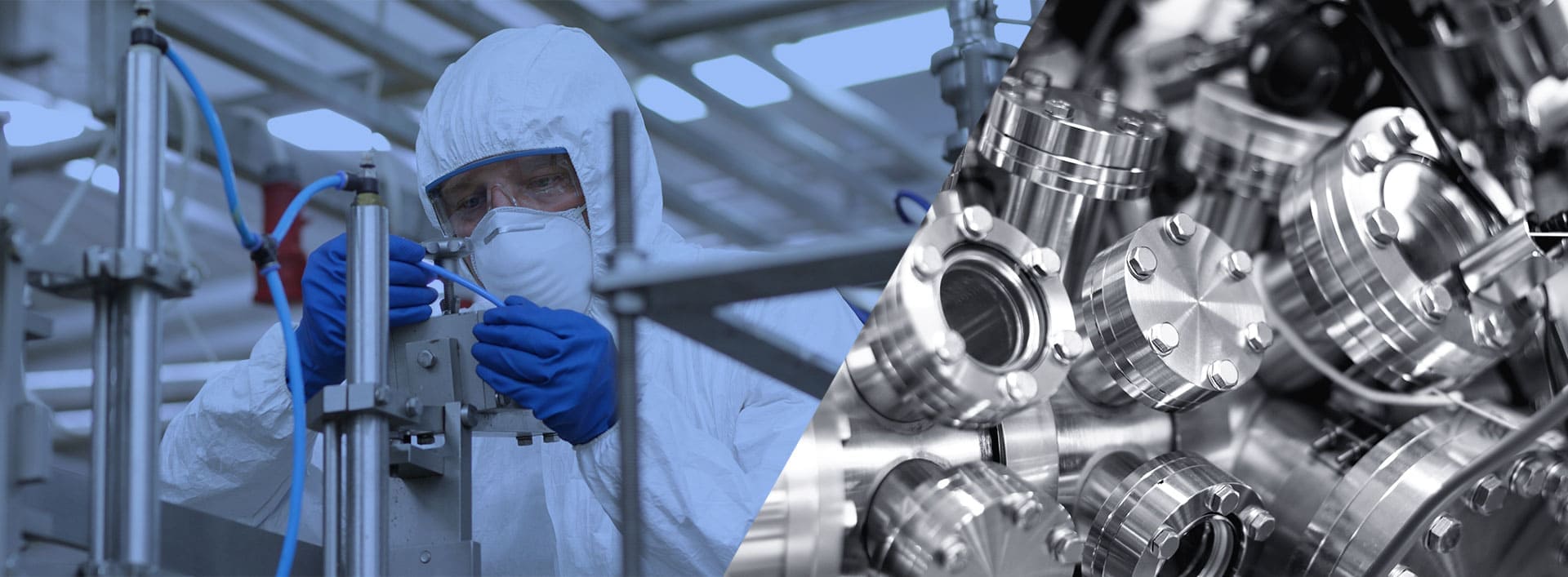
Emission/Absorption spectroscopy is used to determine the local particulate and gas species concentrations and temperatures in a turbulent or laminar reacting flow. The basic principle is to measure the radiation emitted by the hot particulate-laden gases within a homogeneous volume. Besides, the attenuation of radiation by the same volume of material is also measured. To restrict the measured radiation/attenuation to homogeneous volumes within a turbulent flame, an intrusive collimating light guide is often used.
To obtain the temperatures from particulate emission, typically the radiation emitted by the volume at 900 and 1000 nm is measured. Normally, this restricts the lowest resolvable temperature to approximately 800 K. It's best to utilize longer wavelengths to measure even lower temperatures. In the absence of particulates, the temperature can be measured using radiation emitted by one of the stable gas species such as carbon dioxide or hydrogen. Usually, these measurements are obtained in the infrared wavelengths. In addition, attenuation is usually measured across the same volume. Particulate or gas species concentrations measured either by emission or by extinction are identical; if the probe volume is homogeneous and there is an absence of scattering.
En'Urga Inc. provides custom-designed hardware and/or software for emission/absorption spectroscopy. The information needed to custom design your spectroscopic system includes the temporal/spatial resolution, description of the flow, species or particulate concentrations of interest, and the level of support.
To request more information about this service, please contact us using the Contact Form or by directly calling us.